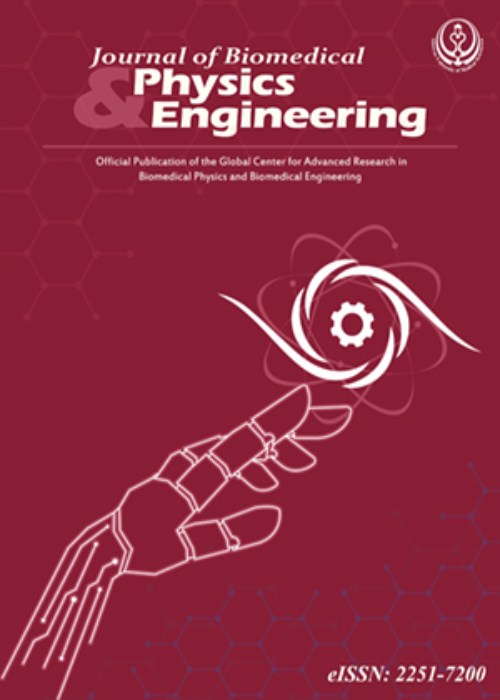Klebsiella pneumonia, a Microorganism that Approves the Non-linear Responses to Antibiotics and Window Theory after Exposure to Wi-Fi 2.4 GHz Electromagnetic Radiofrequency Radiation
Author(s):
Abstract:
Background
Drug resistance is widely believed to be an increasingly serious threat to global public health. We have previously reported that short term exposure of microorganisms to diagnostic ultrasound waves could significantly alter their sensitivity to antibiotics. In our previous studies, Klebsiella pneumoniae showed major differences in the sensitivity to antibiotics in exposed and non-exposed samples. This study was aimed at investigating the alteration of antibiotic resistance of Klebsiella pneumonia, after exposure to Wi-Fi 2.4 GHz electromagnetic radiofrequency radiation.Materials And Methods
In this in vitro study, three replicate agar plates were used for each test. The antibiotic susceptibility test was carried out using disc diffusion method on Muller Hinton agar plates and the inhibition zones in both control and exposed groups were measured. A common Wi-Fi router was used in this study as the radiofrequency exposure source. Irradiated samples were exposed to Wi-Fi radiofrequency radiation for 3, 4.5 and 8 hours. Results
Statistically significant variations of sensitivity to antibiotics were found for all studied antibiotics after 4.5 hours of RF exposure, compared to non-exposed bacteria. Interestingly, the mean diameters of the inhibition zones after 3 hours of exposure were less than those exposed for 4.5 hours. Following this rise in the sensitivity to antibiotics, a fall was observed in the bacteria exposed for 8 hours for all studied antibiotics. Conclusion
The findings of this study show a statistically significant rise in the sensitivity of Klebsiella pneumoniae to different antibiotics after 4.5 hours of exposure to 2.4 GHz Wi-Fi radiation, followed by a fall after 8 hours of exposure. These observations can be interpreted by the concept of non-linearity in the responses of Klebsiella pneumoniae to different antibiotics after exposure to electromagnetic radiofrequency radiation. As in this study a minimum level of effect was needed for the induction of adaptive response, these results also confirm the validity of the so-called “window theory”.Language:
English
Published:
Journal of Biomedical Physics & Engineering, Volume:5 Issue: 3, May-Jun 2015
Page:
115
magiran.com/p1440847
دانلود و مطالعه متن این مقاله با یکی از روشهای زیر امکان پذیر است:
اشتراک شخصی
با عضویت و پرداخت آنلاین حق اشتراک یکساله به مبلغ 1,390,000ريال میتوانید 70 عنوان مطلب دانلود کنید!
اشتراک سازمانی
به کتابخانه دانشگاه یا محل کار خود پیشنهاد کنید تا اشتراک سازمانی این پایگاه را برای دسترسی نامحدود همه کاربران به متن مطالب تهیه نمایند!
توجه!
- حق عضویت دریافتی صرف حمایت از نشریات عضو و نگهداری، تکمیل و توسعه مگیران میشود.
- پرداخت حق اشتراک و دانلود مقالات اجازه بازنشر آن در سایر رسانههای چاپی و دیجیتال را به کاربر نمیدهد.
In order to view content subscription is required
Personal subscription
Subscribe magiran.com for 70 € euros via PayPal and download 70 articles during a year.
Organization subscription
Please contact us to subscribe your university or library for unlimited access!


